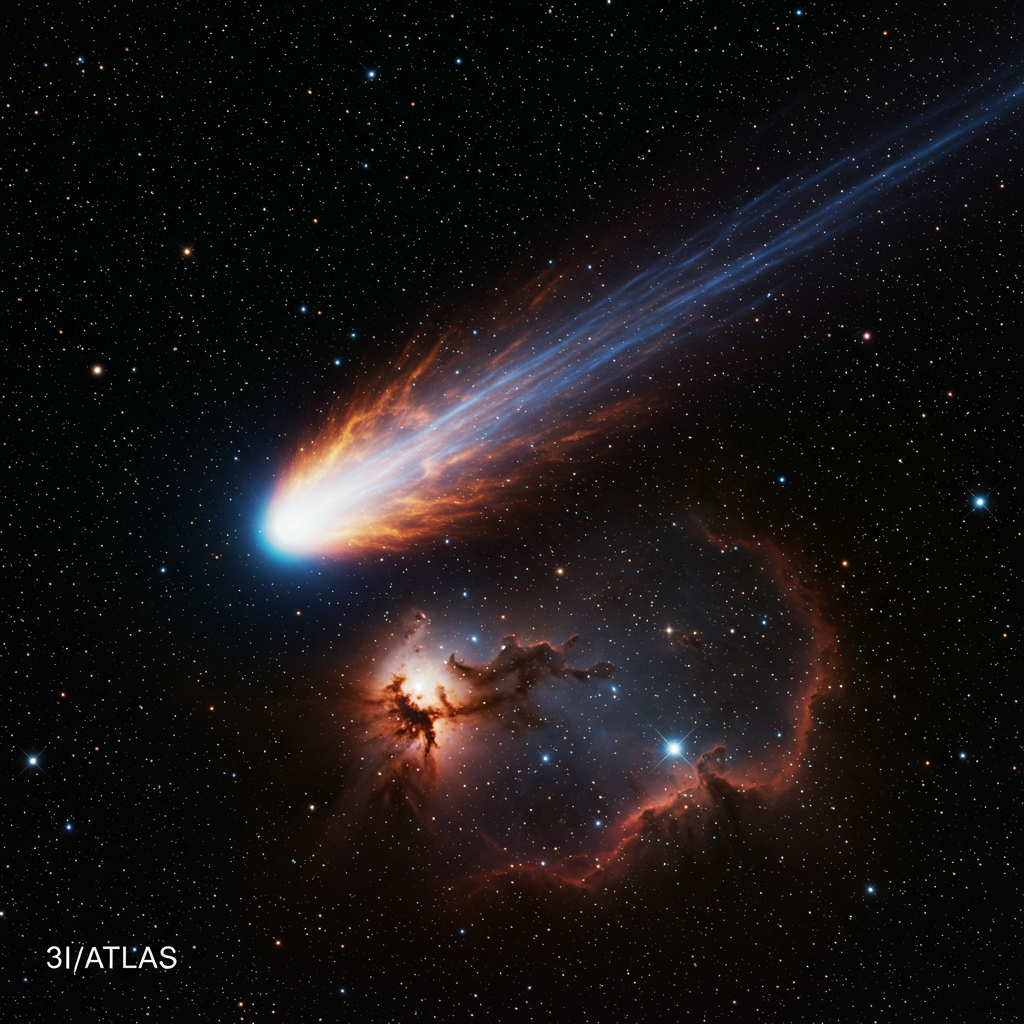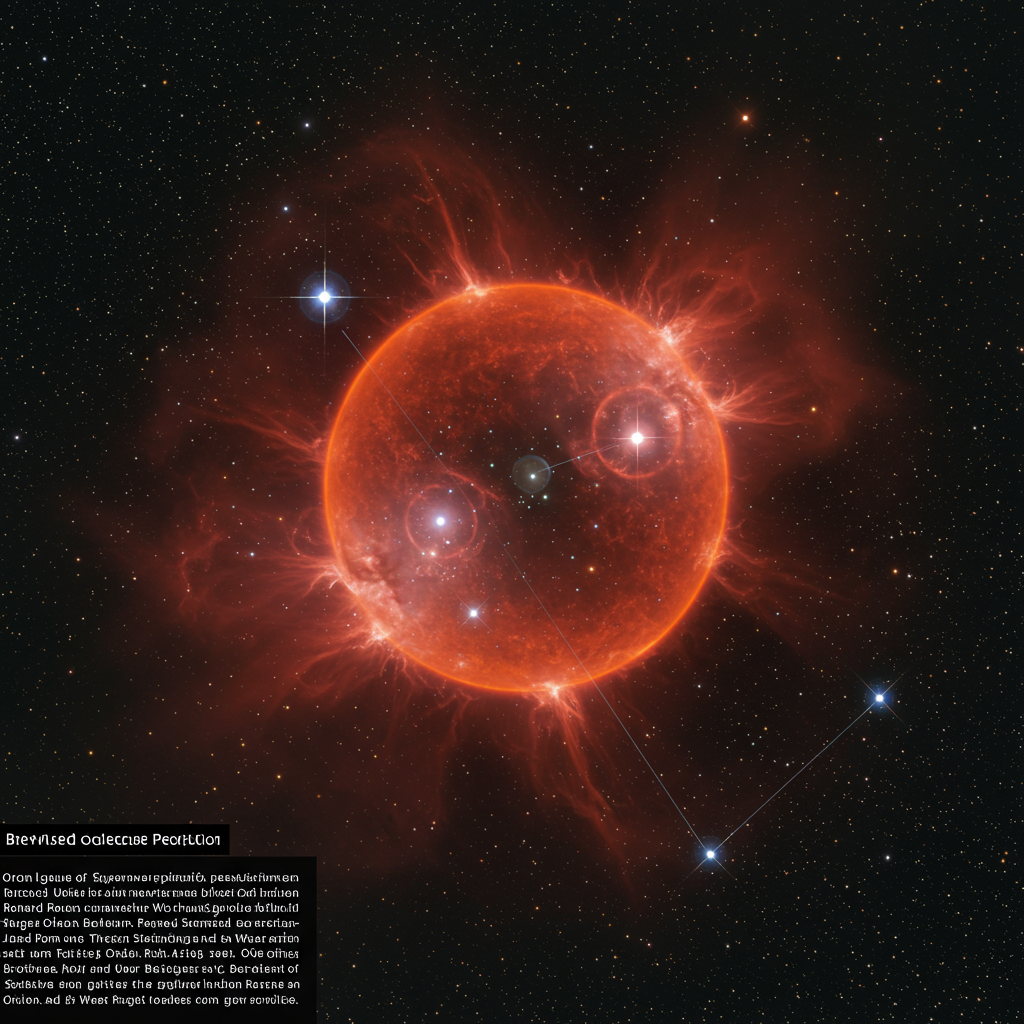A new era of astronomical discovery is about to begin as the Vera C. Rubin Observatory prepares to release its highly anticipated first images. After over two decades in development, this revolutionary telescope, located in Chile, houses the largest digital camera ever built for astronomy, promising unprecedented views of the cosmos.
The scientific community and the public alike are eagerly awaiting the initial observations, which are expected to kickstart a new age in studying the universe.
Mark Your Calendars: The First Look
The U.S. National Science Foundation (NSF) and Department of Energy (DOE) are set to unveil the Vera C. Rubin Observatory’s first on-sky engineering data and images.
Date: June 23, 2025
Time: 15:00 UTC (11:00 AM EDT)
This landmark reveal follows successful on-sky engineering data collection that began in April 2025.
How to Witness the Historic Release
You don’t need a telescope to see these groundbreaking first images. The entire event will be livestreamed online, making it accessible to everyone around the globe. You can typically find links to the official livestream on the observatory’s or related science organization websites closer to the date.
Additionally, watch parties are expected to be hosted worldwide. Check astronomy clubs, science museums, or the official Rubin Observatory website for details on events near you.
The Vera C. Rubin Observatory: A Game Changer
Rubin is far more than just a telescope; it’s a dynamic cosmic surveyor designed to map the universe on an epic scale. Its primary mission is the Legacy Survey of Space and Time (LSST), a ambitious 10-year project.
Using its massive 3,200-megapixel camera, Rubin will repeatedly scan the entire southern sky every few nights across near-ultraviolet, optical, and near-infrared wavelengths. The goal? To build a comprehensive, multi-dimensional “timelapse” movie of the universe, documenting changes and events across vast cosmic distances. Each section of the sky will be observed roughly 800 times during the LSST survey period.
Unprecedented Data Volume
The sheer scale of the LSST means Rubin will generate an enormous amount of data – approximately 20 terabytes every 24 hours. Over its ten-year run, the observatory is expected to collect around 60 petabytes of raw image data, requiring cutting-edge infrastructure for transfer, processing, and storage.
Why Astronomers Are Hyped
What makes Rubin truly unique is its unparalleled combination of speed, a wide field of view, and incredible sensitivity. As the NSF and DOE highlight, “No other telescope has been able to detect both real-time changes in the sky and faint or distant objects at the same time on this enormous scale.”
This unique capability means Rubin is poised to discover phenomena previously invisible to us, including extremely rare cosmic events. Scientists anticipate that the observatory will not only answer long-standing questions but also reveal entirely new aspects of the universe we haven’t even begun to imagine.
Get ready to explore the cosmos like never before as the Vera C. Rubin Observatory shares its first glimpse of the universe.




